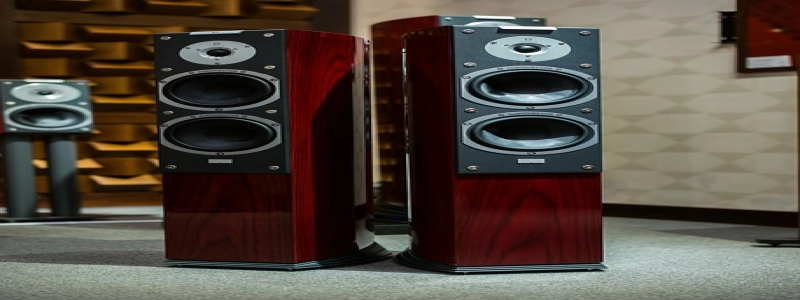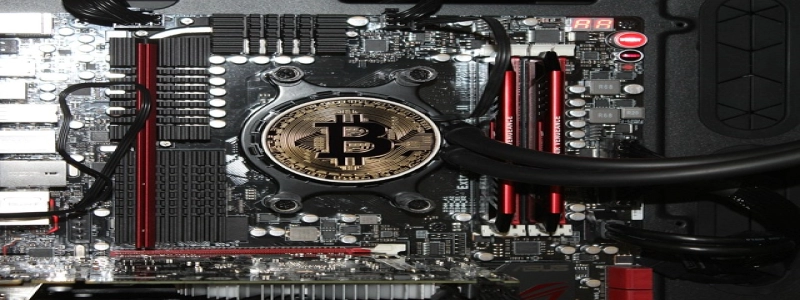Fiber Attenuator
Introduction
The use of fiber optics in telecommunications has revolutionized the way information is transmitted over long distances. Fiber optics provide high-speed data transmission with minimal signal loss. However, in some cases, the optical signal may be too strong, leading to distortion or damage to the receiving equipment. In such situations, a fiber attenuator is used to reduce the signal strength to an acceptable level. This article will provide a detailed explanation of fiber attenuators, including their types, working principles, and applications.
Types of Fiber Attenuators
There are several types of fiber attenuators available in the market. The most common types include:
1. Fixed Attenuators: These attenuators have a fixed reduction in signal strength, typically ranging from 1dB to 30dB. They provide a constant level of attenuation and are used when a specific level of signal reduction is required.
2. Variable Attenuators: Unlike fixed attenuators, variable attenuators allow the user to adjust the signal reduction as needed. These attenuators are useful in situations where the signal strength may vary, and precise control over the attenuation is required.
3. In-line Attenuators: In-line attenuators are typically used to reduce the signal strength in a fiber optic link. They can be easily connected between two fiber optic cables without disrupting the transmission. These attenuators are commonly used in telecommunication networks.
Working Principle
The working principle of a fiber attenuator is based on the concept of light absorption. When the optical signal passes through the attenuator, a certain portion of the signal is absorbed, reducing its intensity. This is achieved by incorporating a material with high attenuation characteristics, such as doped fiber or metallic-coated fibers, which absorb the excess light energy.
Applications
Fiber attenuators find extensive applications in various industries. Some of the common applications include:
1. Telecommunications: Fiber attenuators are widely used in telecommunication networks to regulate signal strength and ensure optimal performance. They are used in long-haul fiber optic links, optical amplifiers, and optical switches.
2. Data Centers: In data centers, fiber attenuators are used to balance the power levels in optical networks and prevent signal distortion or damage. They are essential in maintaining signal integrity in high-speed data transmission.
3. Testing and Measurement: Fiber attenuators are utilized in testing and measurement applications to simulate different signal strengths and evaluate the performance of fiber optic systems. They allow technicians to accurately measure the link budget and assess the overall quality of the network.
Conclusion
Fiber attenuators play a vital role in maintaining the integrity and performance of fiber optic systems. They provide a controlled method of reducing the signal strength to prevent signal distortion or damage. With the availability of different types of attenuators, users can choose the most suitable option based on their specific requirements. Whether in telecommunication networks, data centers, or testing applications, fiber attenuators ensure optimal signal transmission and reliable communication.








